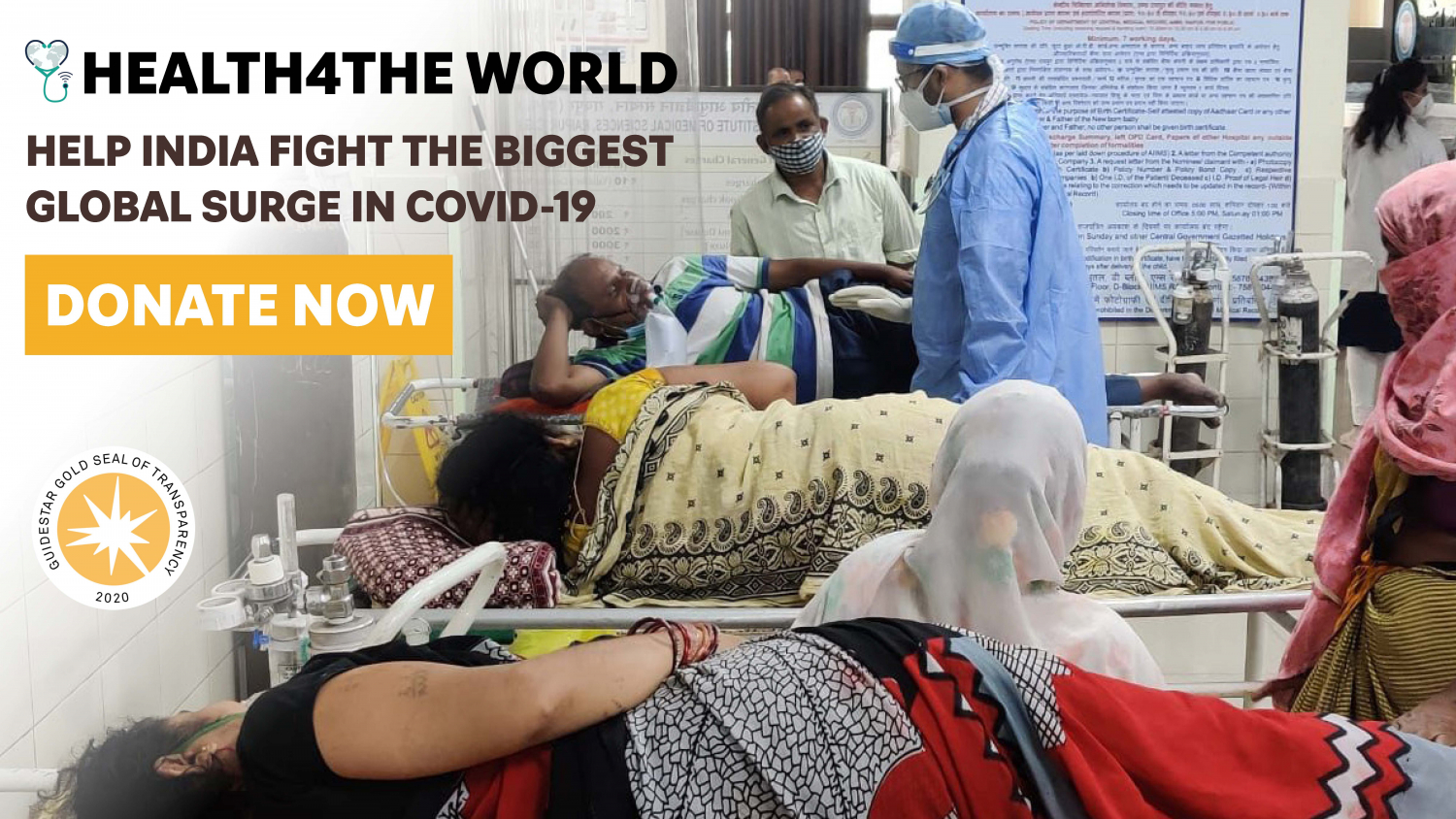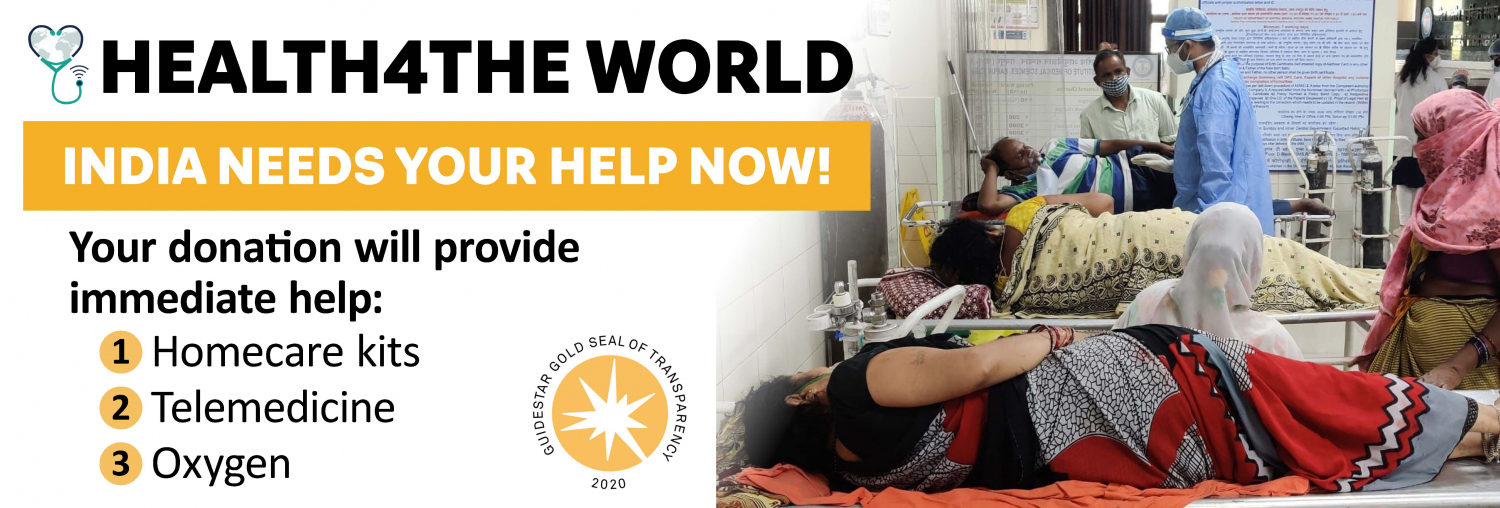An Important Message from Tim Leiner, M.D., Ph.D., and Vikas Gulani, M.D., Ph.D.
India: How You Can Help
As the President of this community, I am writing to ask your attention for the healthcare crisis caused by COVID-19. Not only as an individual but also as a member of a community focused on healthcare, it is difficult to stand by and watch the crisis unfold in India, the home of many of our long-term members and their families and friends. When approached by Vikas Gulani, M.D., Ph.D., about addressing what we can do to help, we seized the opportunity to assist in getting his message out to all of you. Please read Dr. Gulani’s message below and consider what you can do to help with the relief efforts in India.
Thank you,
Tim Leiner, M.D., Ph.D.
ISMRM President
Message from Vikas Gulani, M.D., Ph.D.
Dear Colleagues,
The ongoing healthcare emergency created by the second wave of COVID-19 in India has been devastating and the humanitarian crisis is overwhelming. Health4TheWorld is a 501(c)(3) founded by a neuroradiologist and ISMRM member at UCSF, Dr. Bhavya Rehani, along with co-founders Dr. Bill Dillon (Radiology, UCSF) and Dr. Ankur Bharija (Geriatric Medicine, Stanford). Many active members of the ISMRM are contributing to physician-led efforts via H4TW to provide relief through reliable doctors and non-profits on the ground in India. We are concentrating on three needs articulated by physicians:
- Home health kits (pulse oximeters, thermometers, etc.) so people ill at home may manage their care.
- Telemedicine, with the same goal of home management of appropriate cases
- Oxygen concentrators for hospitals. We have already sent shipments to 12 hospitals.
For more information about Health4TheWorld, this relief effort and how to donate, please go to https://www.health4theworld.org.
Please consider contributing. Many may not be able to donate, but your good wishes are just as valuable!
Sincerely,
Vikas Gulani
Fred J. Hodges Professor and Chair
Department of Radiology
University of Michigan



